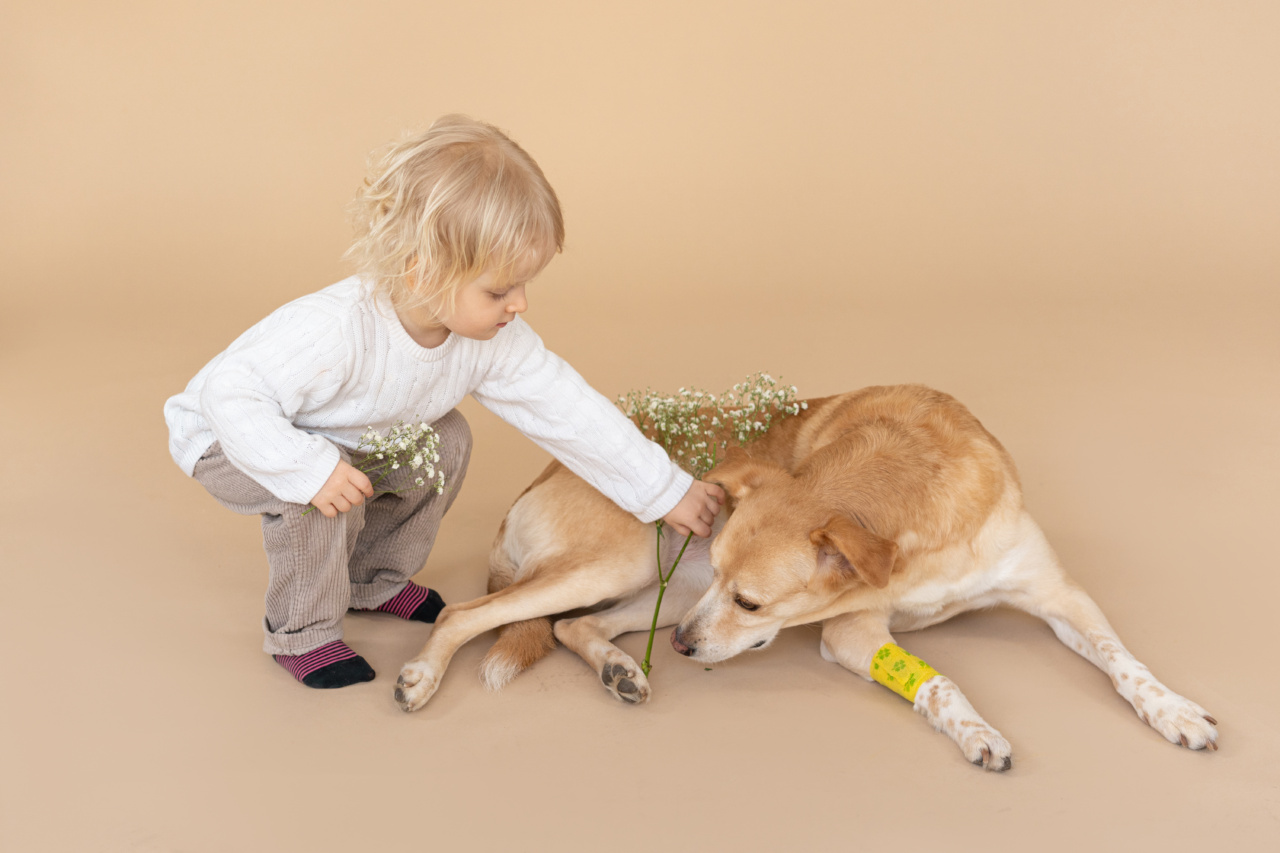Asthma is a chronic respiratory disease that is characterized by inflamed airways that narrow and swell, making it difficult to breathe. Although asthma can affect people of all ages, it is most commonly diagnosed in children.
According to the Centers for Disease Control and Prevention (CDC), approximately 6.2 million children in the United States have asthma.
Asthma Triggers: What are They?
Although the exact cause of asthma is not known, certain factors can trigger asthma symptoms. These triggers can vary from person to person, but some common triggers include:.
- Allergens, such as dust mites, pollen, and pet dander
- Respiratory infections, such as colds and the flu
- Exercise
- Emotional factors, such as stress and anxiety
- Cold air
The Role of Dogs in Helping Kids with Asthma
Dogs have been known to provide comfort, companionship, and emotional support to their owners. However, dogs can also be trained to help those with specific medical conditions, including asthma.
Studies have shown that therapy dogs can reduce asthma symptoms in children by up to 30%.
How Do Dogs Help Kids with Asthma?
There are several ways in which dogs can help children with asthma:.
- Alerting to Triggers: Dogs can be trained to alert their owners to potential triggers, such as smoke or mold, by pawing at their owners or barking.
- Providing Emotional Support: Dogs are known for their ability to provide emotional support to their owners. This can be especially helpful for children with asthma who may feel anxious or stressed about their condition.
- Reducing Stress: Studies have shown that spending time with dogs can reduce stress levels in humans. Reduced stress can lead to fewer asthma symptoms.
- Increasing Physical Activity: Dogs require exercise, and as a result, their owners are often more physically active. Exercise has been shown to be beneficial for those with asthma, as it can improve lung function and reduce asthma symptoms.
Choosing the Right Dog for a Child with Asthma
Not all dogs are suitable for children with asthma. Some breeds produce more dander and can trigger asthma symptoms.
If you are considering getting a dog for a child with asthma, it is important to research breeds that are known to be hypoallergenic, such as:.
- Poodles
- Bichon Frises
- Yorkshire Terriers
- Maltese
- Shih Tzus
It is also important to note that dogs can still trigger asthma symptoms, even if they are hypoallergenic. Before getting a dog, it is important to discuss the decision with your child’s pediatrician.
Tips for Introducing a Dog to a Child with Asthma
If you have decided to get a dog for a child with asthma, there are a few tips to keep in mind:.
- Keep the Dog Clean: Regular grooming and bathing can help reduce the amount of dander that a dog produces.
- Limit Access to Certain Areas of the House: Keep the dog out of the child’s bedroom and other areas of the house where the child spends a lot of time.
- Keep Medications Handy: Make sure that your child’s asthma medications are easily accessible in case of an asthma attack.
- Teach the Child Proper Hygiene: Teach your child to wash their hands after playing with the dog and to avoid touching their face.
- Monitor Symptoms: Keep track of your child’s asthma symptoms and be prepared to make adjustments if necessary.
The Bottom Line
Dogs can be a valuable asset in helping children with asthma manage their condition. However, it is important to remember that not all dogs are suitable for children with asthma.
If you are considering getting a dog for a child with asthma, it is important to discuss the decision with your child’s pediatrician.






























